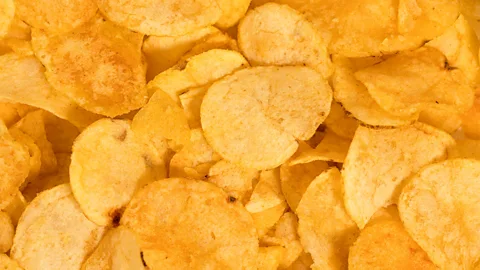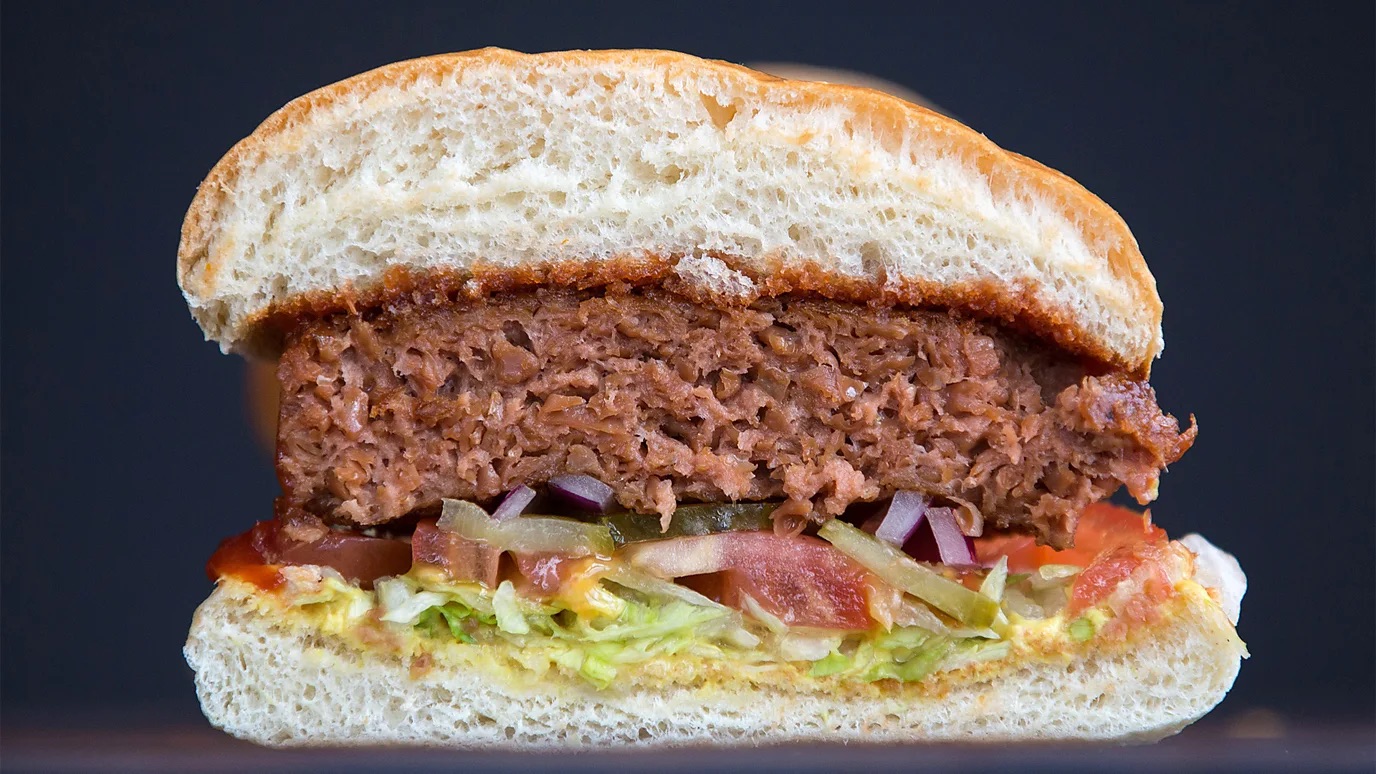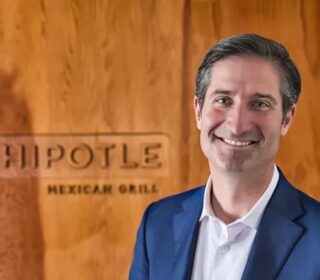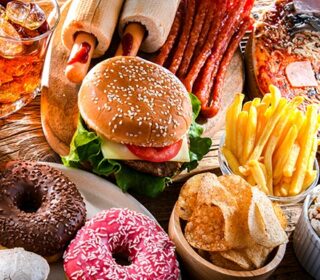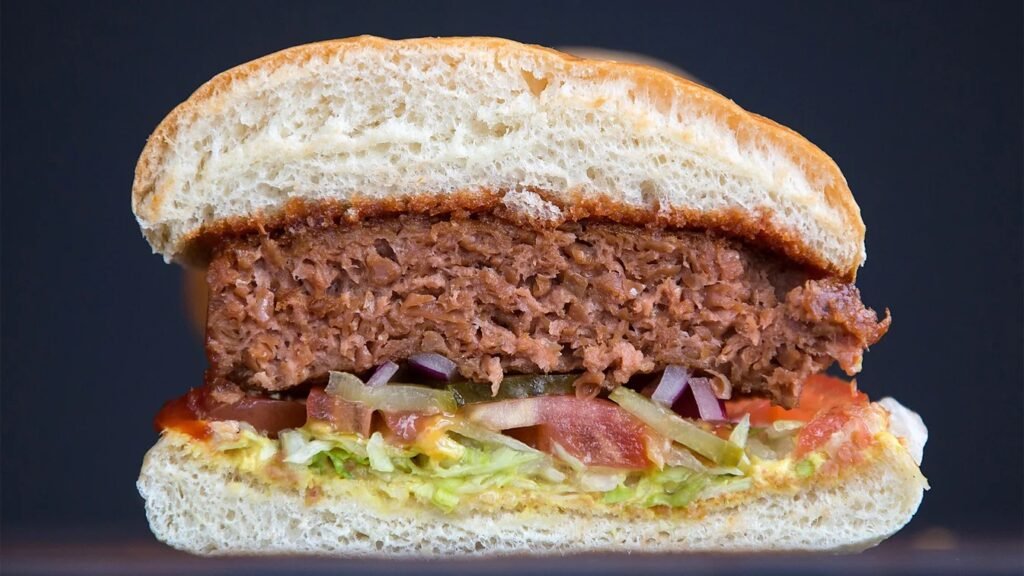
Vegan diets can contain more UPFs on average – but this might not be a problem.
For most people living in industrialised societies, it’s difficult to avoid ultra-processed foods altogether. My cereal is ultra-processed. So is the whiskey in my cabinet, the hot sauce in my fridge and the crisps in my backpack.
The term “ultra-processed” is poorly understood and inconsistently used, even sometimes by scientists. While in some circles it has become a catch-all term for foods with little nutritional benefit, a wide variety of foods fall under this umbrella.
Ultra-processed foods are popular with consumers for their convenience (frozen pizza), taste (wrapped cookies), and durability (sandwich bread). These elements, plus the relatively low cost of ingredients, make them profitable for manufacturers.
But recently another motivation for ultra-processed foods has emerged: to replace meat or dairy among those attempting to eat a more plant-based diet. With this new category has come anxiety about the health effects of these products, leading to headlines such as “The unhealthiest fake meats you can buy (and why it’s better to go to McDonald’s)”. These concerns were exacerbated by recent research, which found that those who consume 10% more ultra-processed foods derived from plants have a 12% higher risk of death related to diet. However, things are not quite as they seem. Are plant-based diets really so rich in ultra-processed foods, and are they any worse for you?
Identifying ultra-processed foods
An established method for categorising the levels of processing in food is Nova. Fernanda Rauber, a nutritional epidemiologist at the University of São Paulo in Brazil, explains, “Nova distinguishes between different levels of processing, acknowledging that not all processed foods are harmful. In fact, many types of processing, such as pasteurisation or fermentation, are important for food safety and nutrition.” It’s the more intense processing that concerns Rauber. “One type of industrial processing is harmful to health – the kind that produces ultra-processed foods.”
In the Nova system, a food product is considered ultra-processed if at least one of its ingredients is a substance that home cooks generally don’t use (such as high-fructose corn syrup or hydrolysed protein), or is an additive designed to increase the product’s appeal (such as a thickener or emulsifier).
Why ultra-processed foods can be harmful
Some experts have criticised the four-category Nova system as simplistic and imprecise, arguing that foods aren’t automatically unhealthy simply because they’re ultra-processed. For instance, ultra-processed cereals and breads can have beneficial fibre, although diets high in UPFs tend to be limited in fibre and other nutrients in general.
Nor are foods good for you just because they’re less processed. Red meat has been linked with higher mortality from cardiovascular disease, coronary heart disease and stroke, yet is classified as unprocessed or minimally processed by Nova.
In practice many UPFs are also high in salt, sugar or fat. The food industry uses a great deal of sugar not only to sweeten foods, but also to enhance their texture, colour, preservation, or even bulk.
Notwithstanding the occasional exception, overall, the health effects of ultra-processed foods are negative. A 2023 UK study found that a 10% increase in UPFs within diets was associated with a 2% higher rate of cancer overall, and a 19% higher rate of ovarian cancer.
This is partly linked to obesity. It’s easy to overeat ultra-processed foods, which tend to be less filling, and possibly even addictive, often while requiring less chewing. Unsurprisingly, then, they’re linked with higher calorie consumption and weight gain. The proportion of the diet made up by ultra-processed foods varies widely across the globe; UPFs make up16% of mean caloric intake in Colombia, 20% in Taiwan, and 22% in Brazil. On the other hand, they make up 48% in Canada, 57% in the UK and 58% in the US. In some North American groups it can be as high as 80%.
